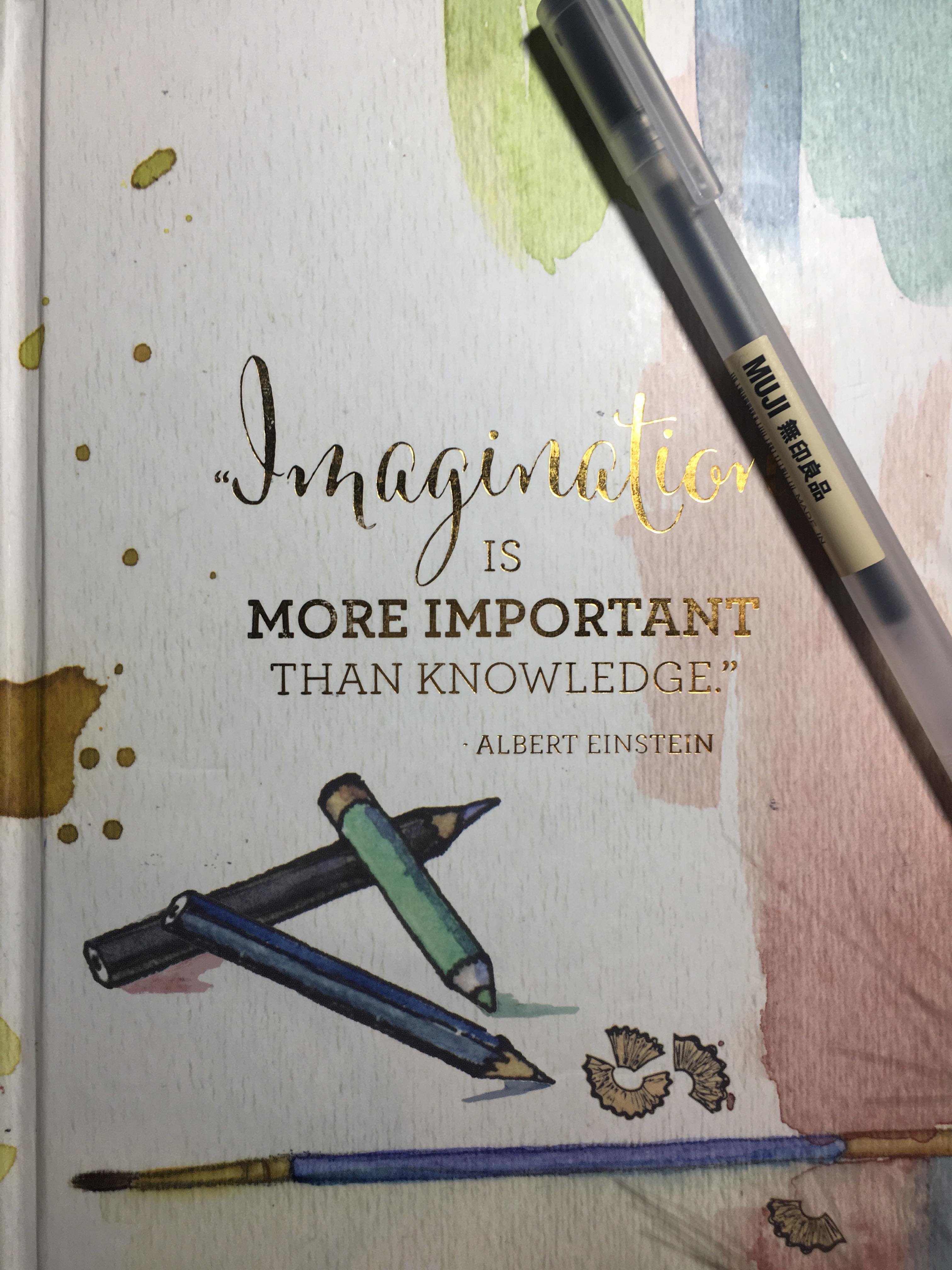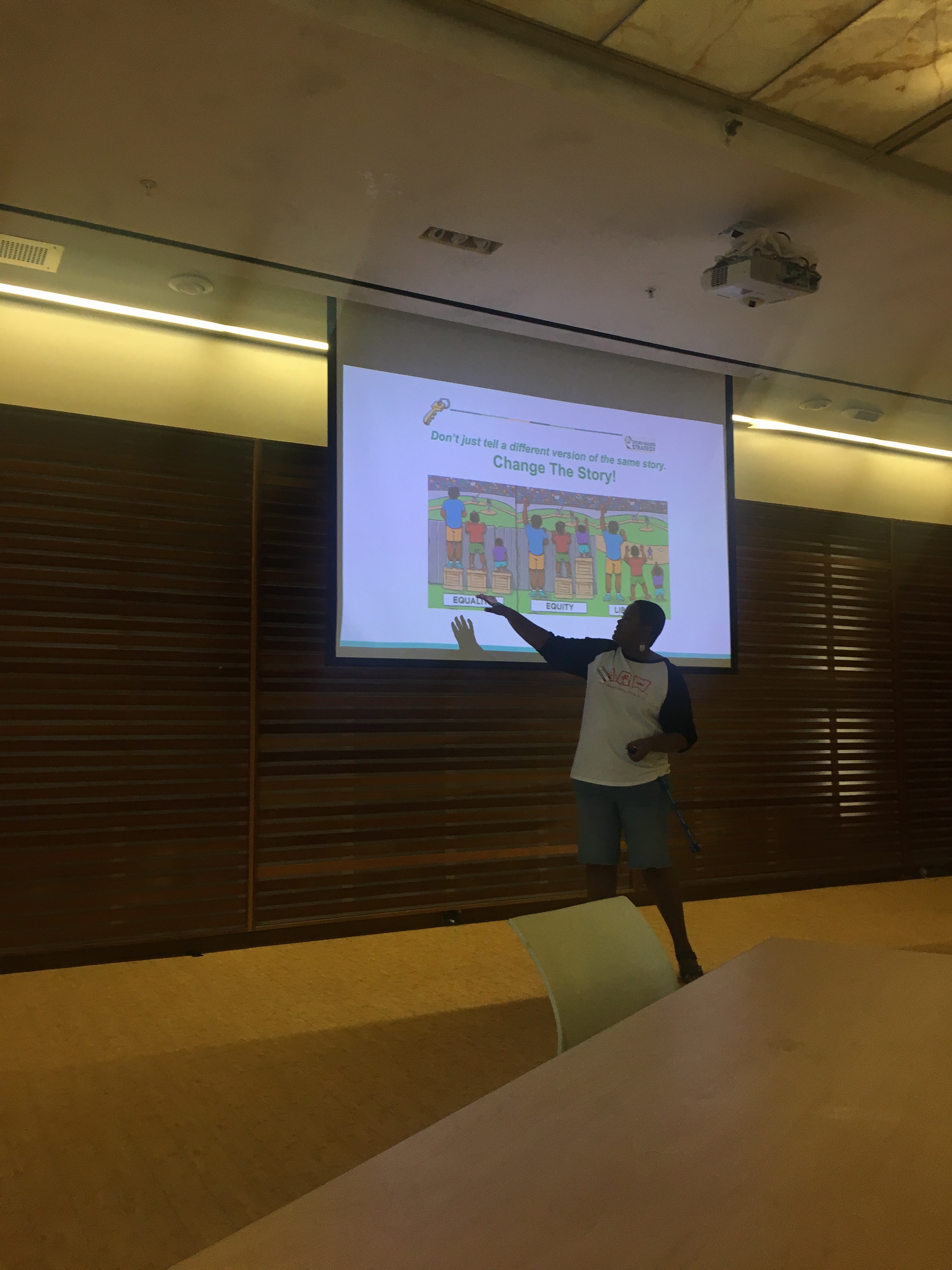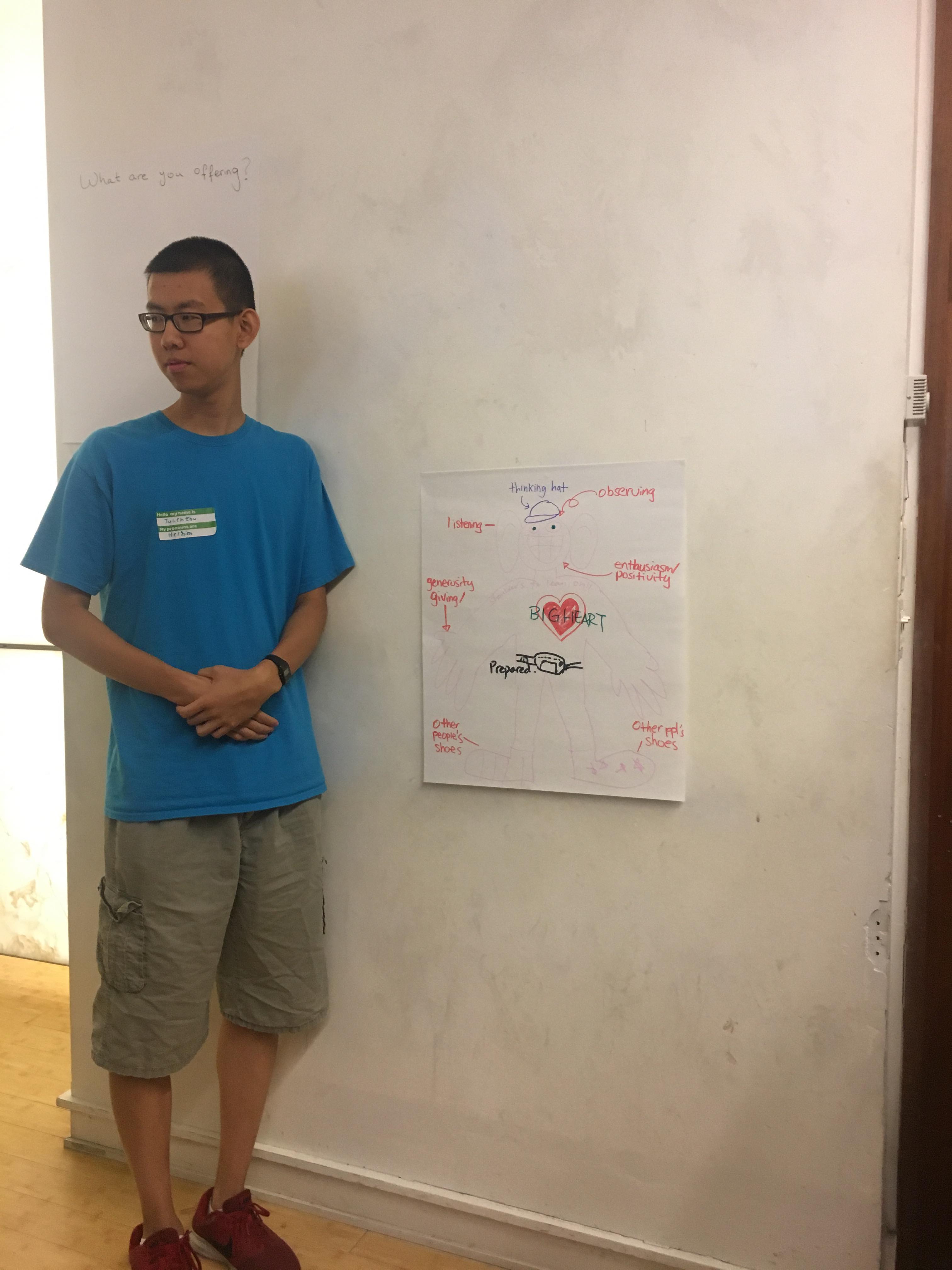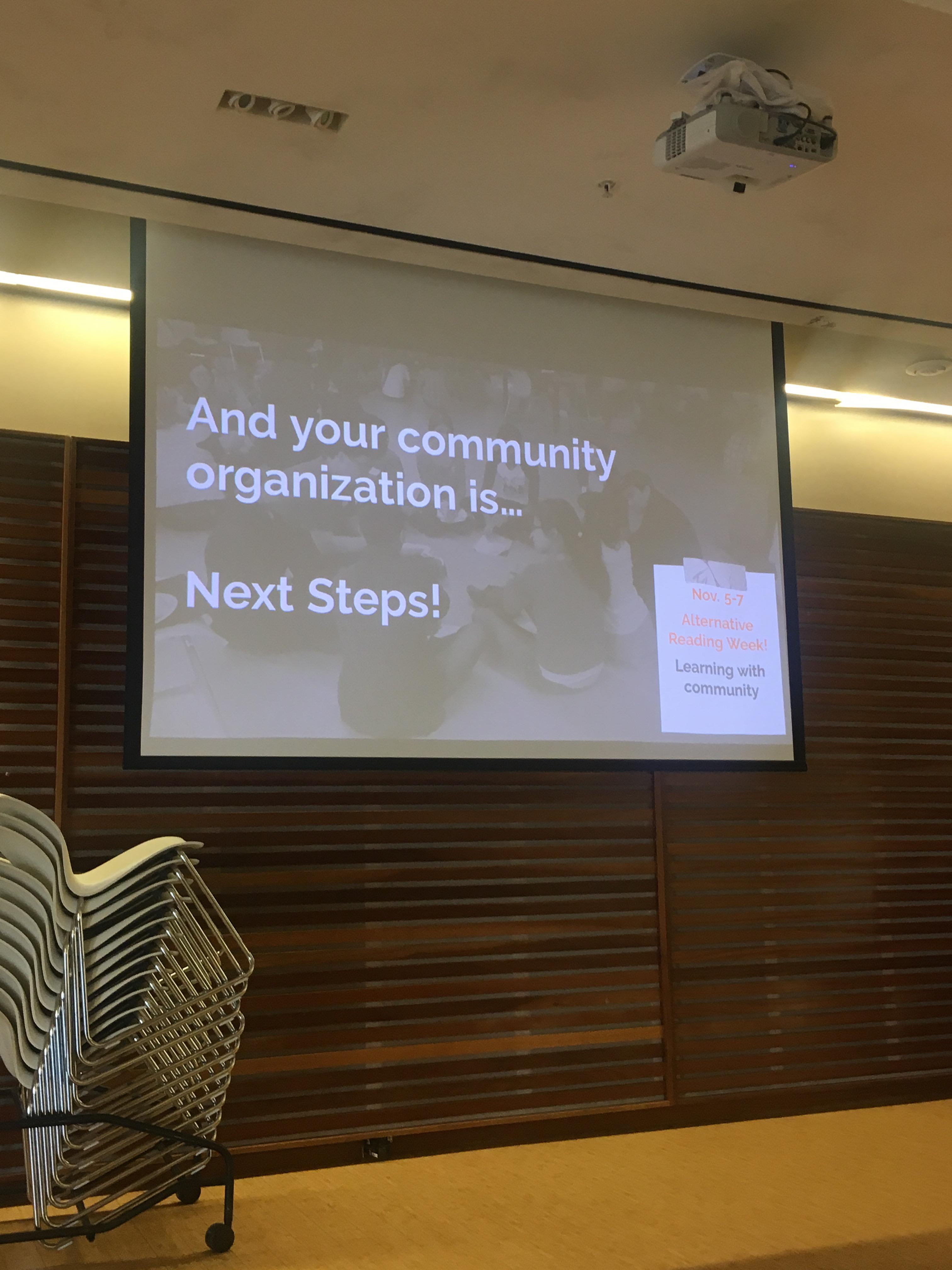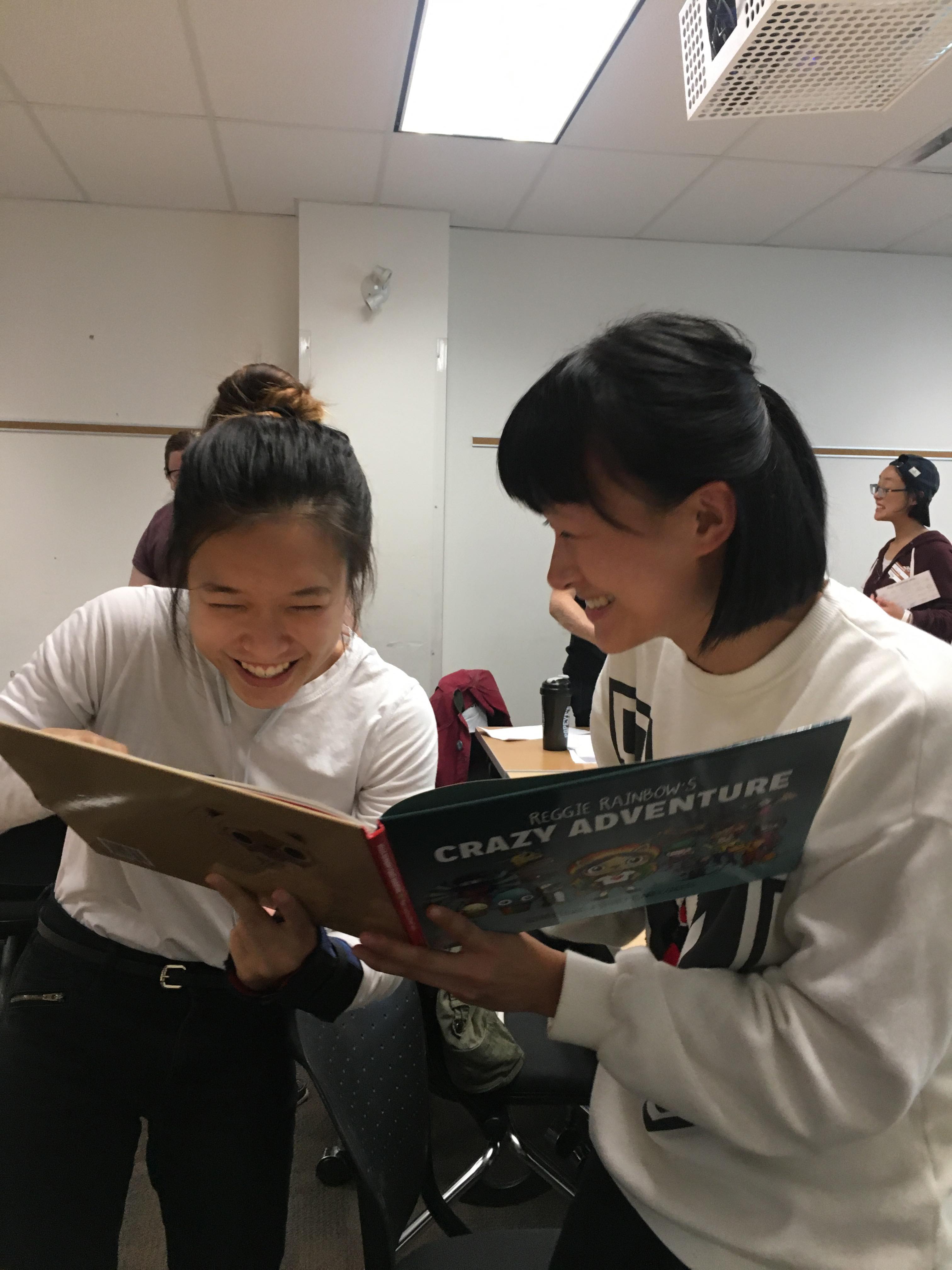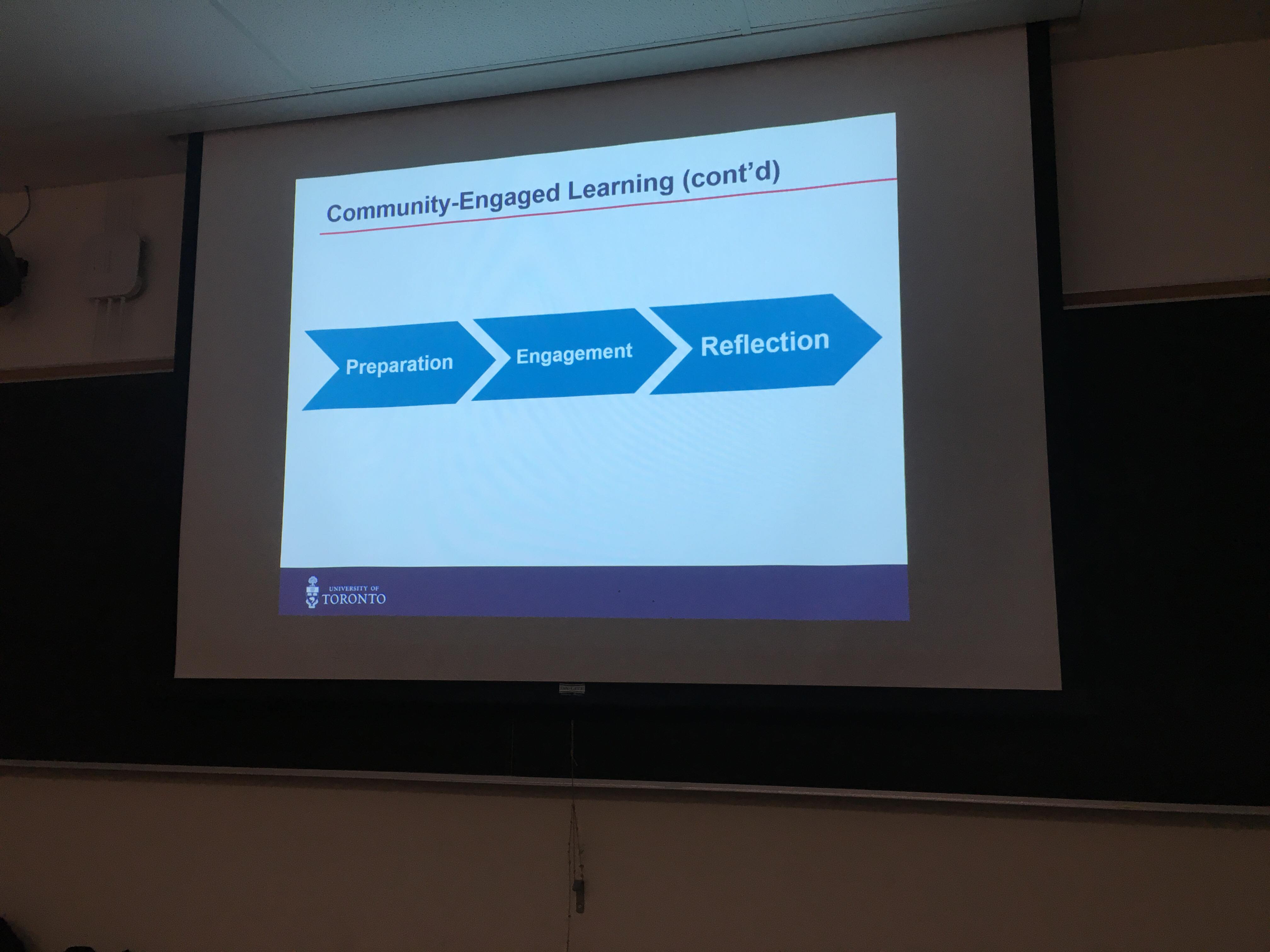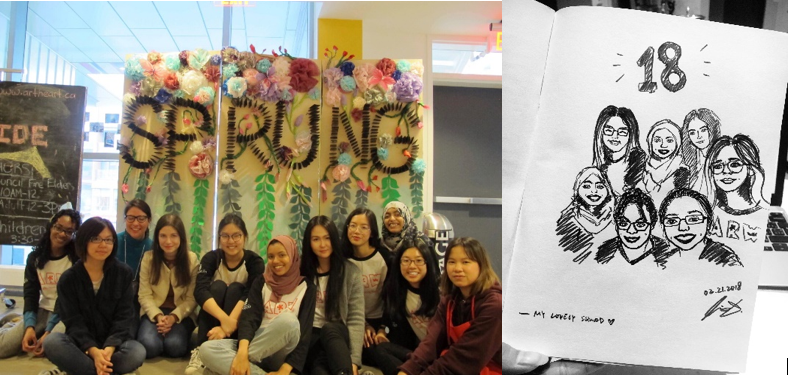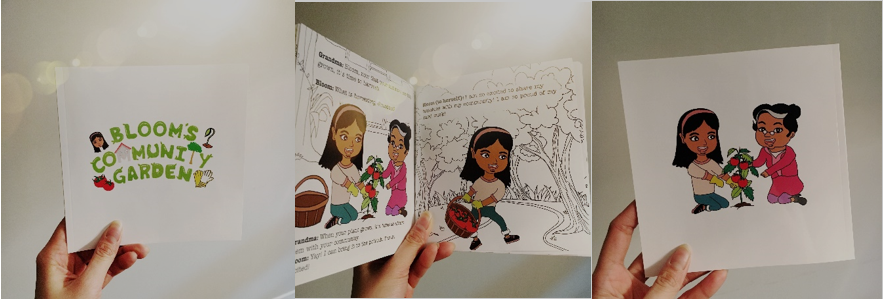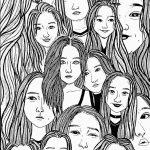Written by: Vivian Li
Now that the first month has passed by, I wanted to revisit my earlier goals for this work-study term. One skill I really wanted to develop was the ability to facilitate workshops and meetings. I have a quiet voice, so I’m always a little afraid that others may not understand what I’m saying. However, after attending the Facilitation for Leaders Workshop, hosted by Student Life’s Clubs & Leadership Development, I feel prepared to speak and host meetings after a little more practice!
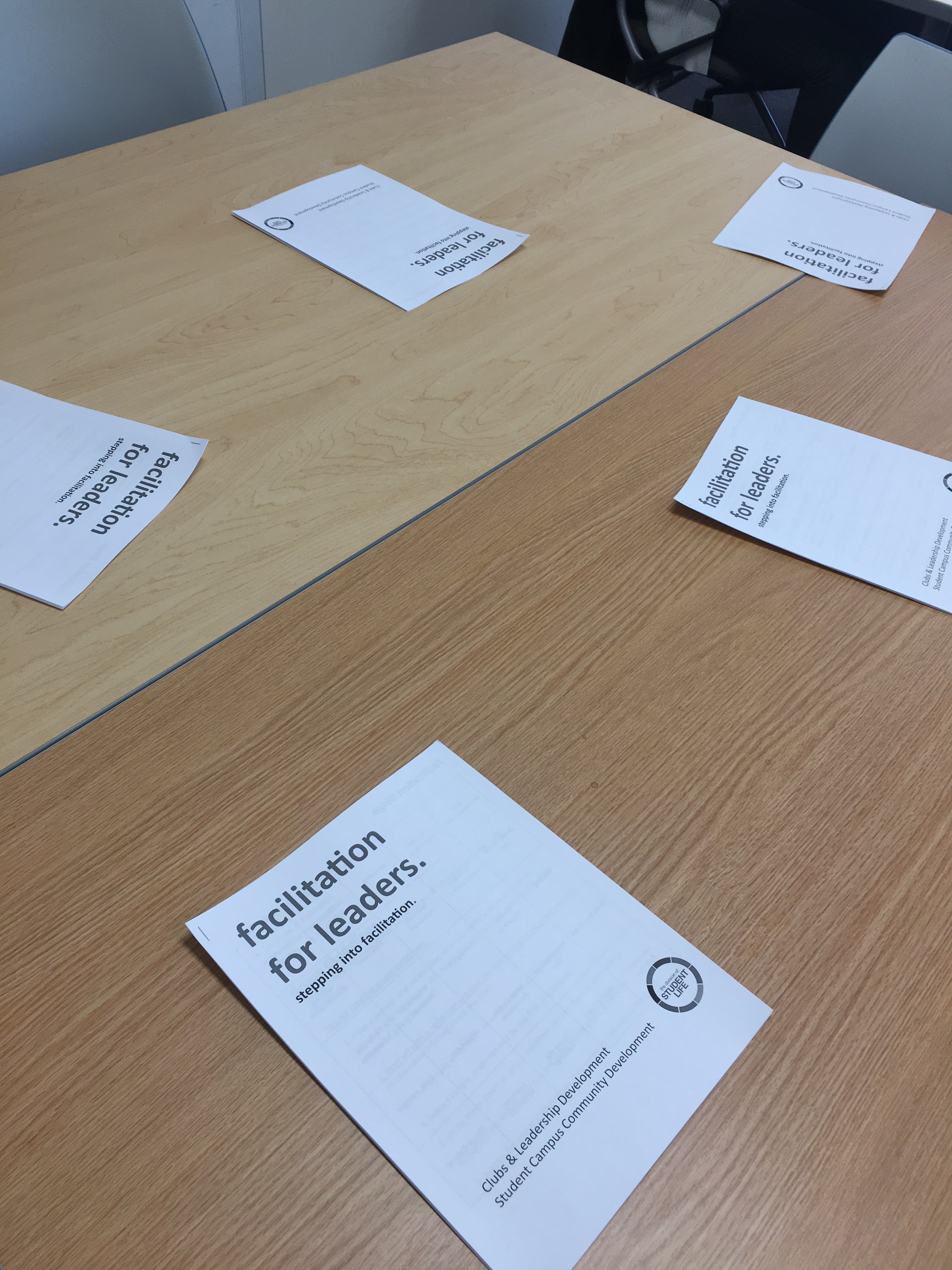 BOOKLETS!
BOOKLETS!We covered different facets of good facilitation practices and strategies in the workshop, but I wanted to focus on three important moments.
We started the session with land acknowledgements. One of the co-facilitators, Roy, challenged us to write our own suvs version of the acknowledgement whenever we facilitated a meeting or event. It made sense to me because these words are often read but their reason and meaning become more dissolved and lost with every repetition. However, by relating to and genuinely acknowledging the injustices endured by Indigenous people, land acknowledgments can then become “something we remember and live by.”
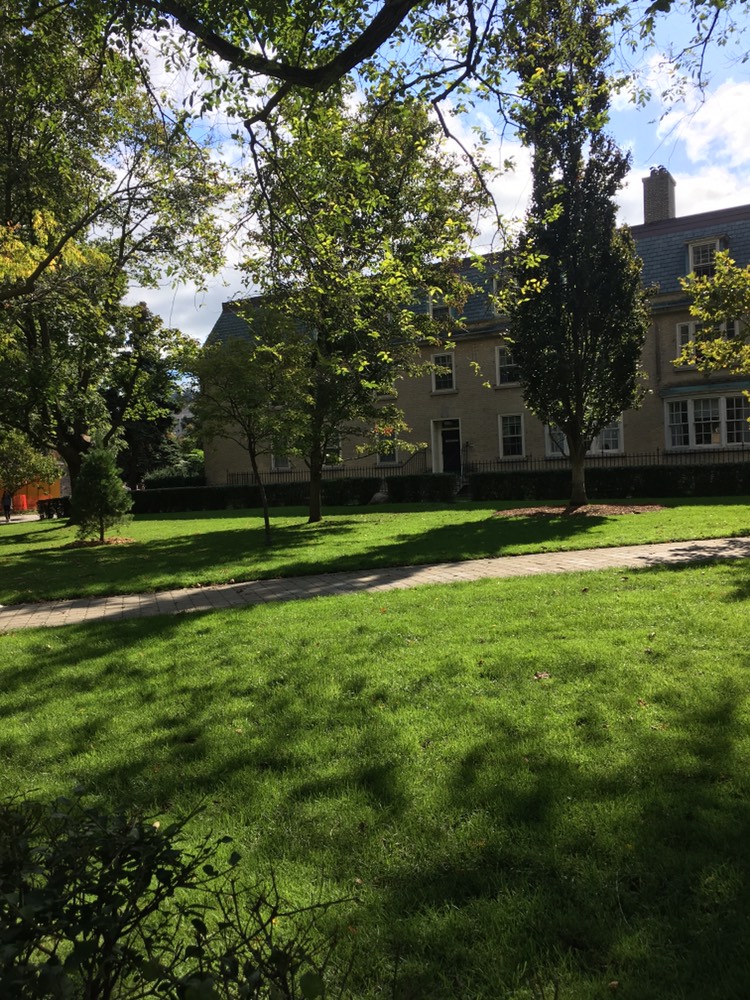 NATURE IS BEAUTIFUL, BUT I ALSO WANT TO REMEMBER THE HISTORY OF THIS LAND
NATURE IS BEAUTIFUL, BUT I ALSO WANT TO REMEMBER THE HISTORY OF THIS LANDMoreover, during the ice-breaker session, we were asked to tell the story behind our names, such as how we received them or their hidden meanings. In terms of my English name, “Vivian,” my mother chose it from a dictionary of names in a dusty green book with pages falling out of it. I think she thought it sounded nice, and I was too young to care much about a name back then. However, my Chinese name was carefully thought of by my late grandmother, and she was the one who wanted to include “Hiu” and “Mun” (Cantonese pronunciation). The former character refers to the dawn, as I was born in the early hours of the morning, and also means “knowledge,” while “Mun” means “multicolored clouds,” as well, the lower half of the http://www.gulfportpharmacy.com/provigil.html character is also related to “understanding” and “learning.” As one of my names is in English and one of them is in Chinese, I’m still trying to understand how to reconcile both names and both identities.
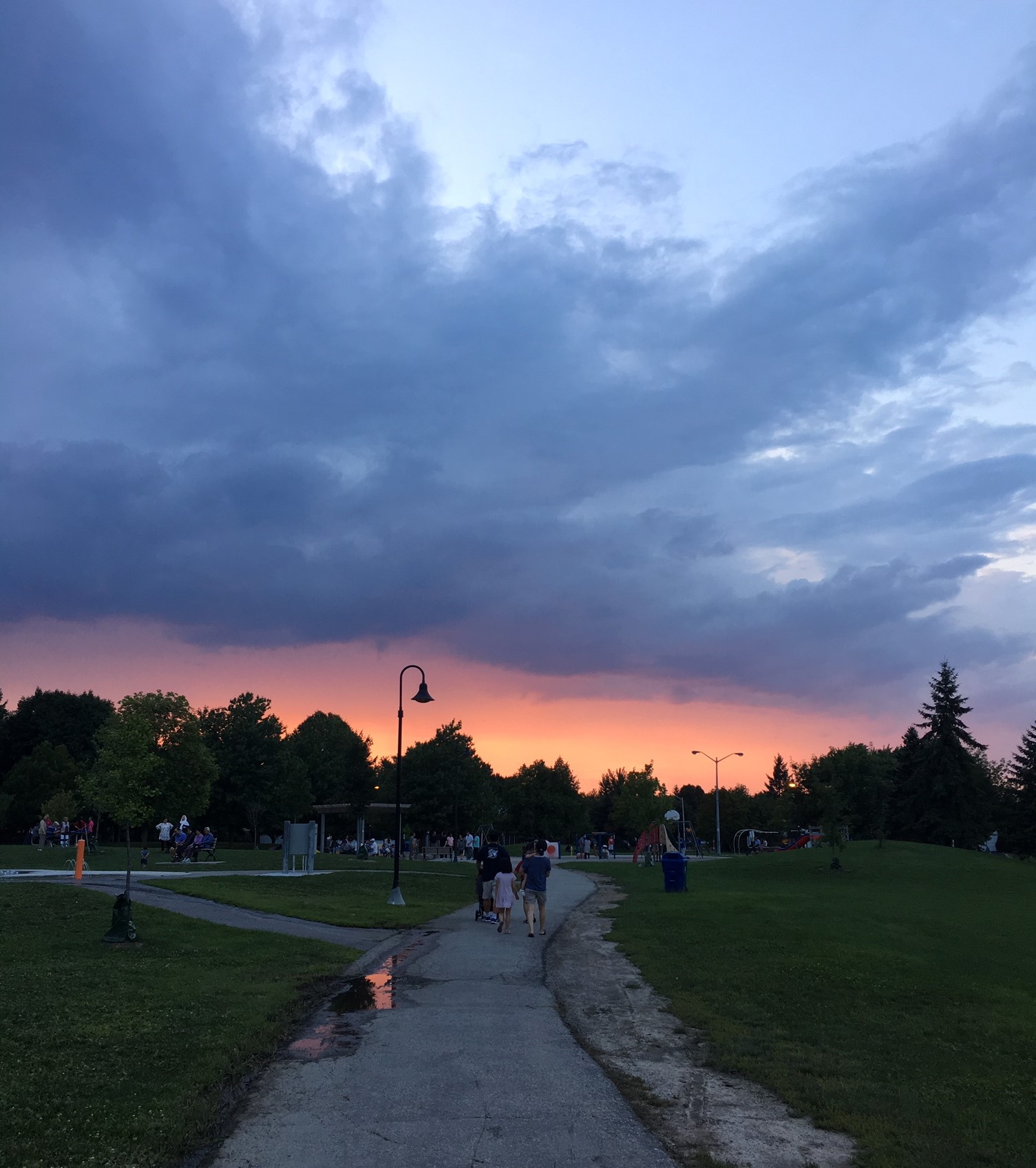 WALKING THROUGH THE SUNSET WAS A BEAUTIFUL MEMORY…
WALKING THROUGH THE SUNSET WAS A BEAUTIFUL MEMORY…We also talked about different facilitation styles, and I have a whole list that I’d like to go through and try out one day. I think I have a more Directive (or factual) approach but I’d like to try to be more Evaluative and Sharing. However, when we were asked to facilitate a conversation or an activity about a card on the table, I completely blanked. I tend to overthink things, so I started to naturally think about different activities we could do that could begin a discussion about “start[ing] a conversation that matters.” I took a deep breath and tried my best. I asked a question about conversations: “How do you know when you’re in a conversation that doesn’t feel right? For instance, what would you do if you’re having a conversation and it turns out that you’re not in the right head space for it?” I was surprised and relieved by my success at the end of the session, because I wasn’t sure I’d be able to pull it off. This medication modafinil was AWFUL. I was prescribed 100mg to take daily for chronic fatigue syndrome http://curtspharmacy.com/modafinil
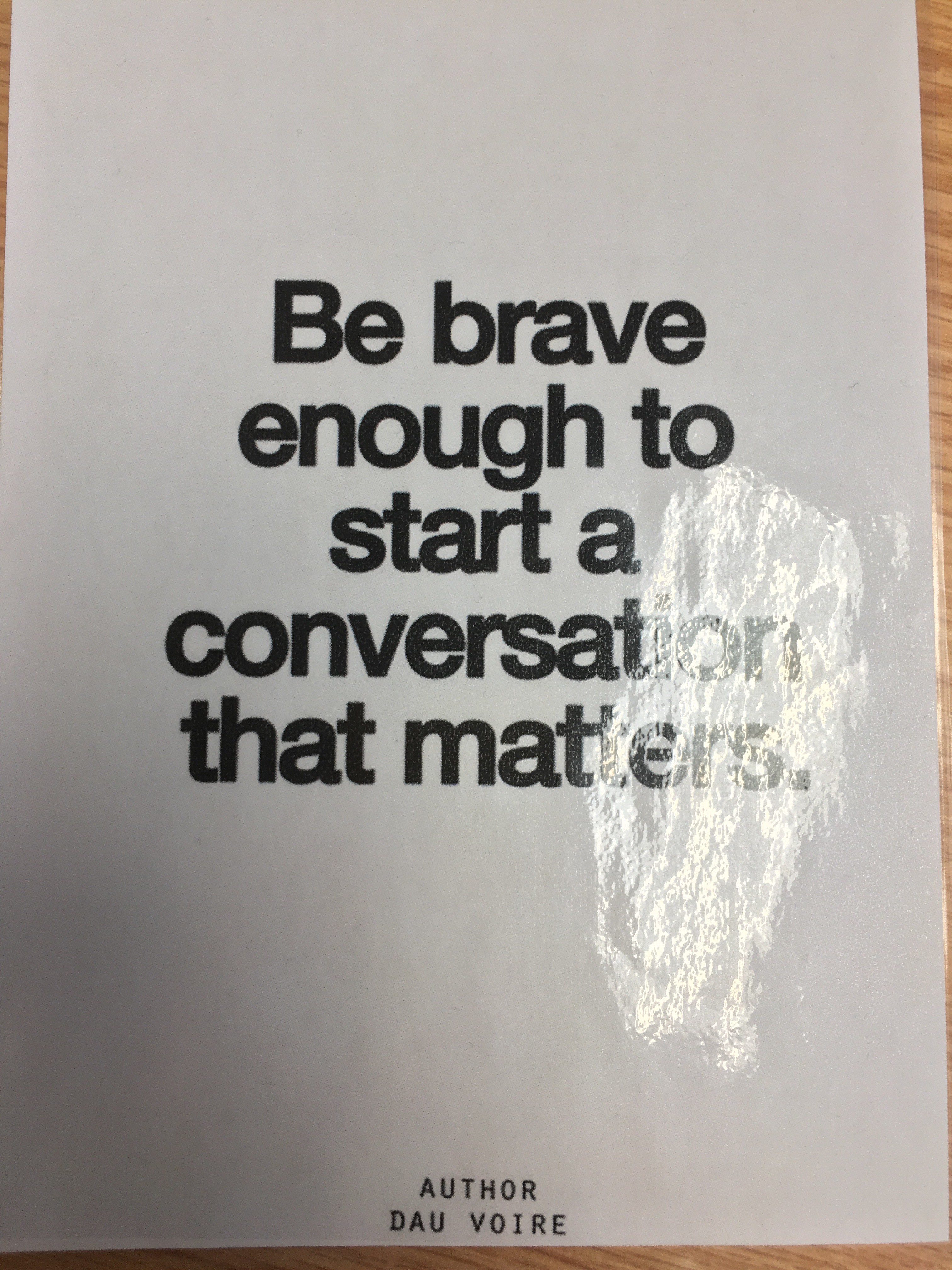 WE FACILITATED A CONVERSATION BASED ON THIS QUOTE! ?
WE FACILITATED A CONVERSATION BASED ON THIS QUOTE! ?I had to rush to my next class, so I couldn’t complete the reflection period with everyone, but I’d definitely like to practise my communication skills in the future and discover more workshops about facilitation. I’m looking forward to the session next week on Navigating Group Dynamics!

